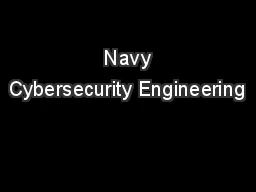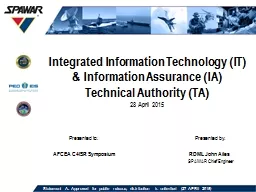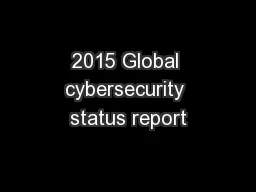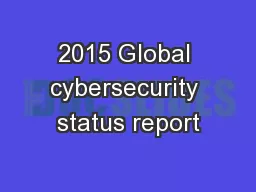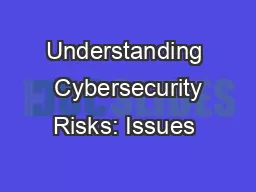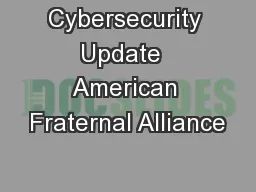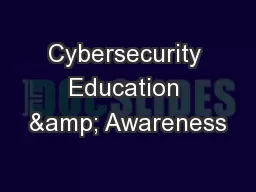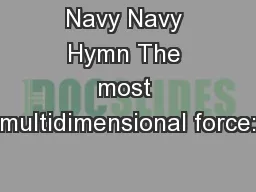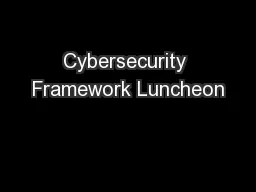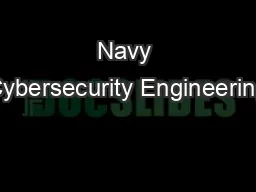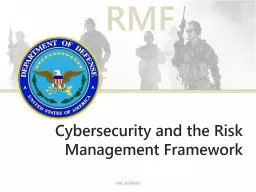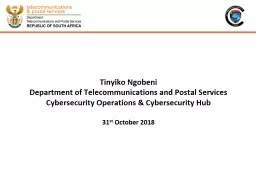PPT-Navy Cybersecurity Engineering
Author : lindy-dunigan | Published Date : 2020-04-08
17 October 2017 Presented by RDML Ron Fritzemeier Chief Engineer Space and Naval Warfare Systems Command SPAWAR The overall classification of this brief is UNCLASSIFIEDFOUO
Presentation Embed Code
Download Presentation
Download Presentation The PPT/PDF document " Navy Cybersecurity Engineering" is the property of its rightful owner. Permission is granted to download and print the materials on this website for personal, non-commercial use only, and to display it on your personal computer provided you do not modify the materials and that you retain all copyright notices contained in the materials. By downloading content from our website, you accept the terms of this agreement.
Navy Cybersecurity Engineering: Transcript
Download Rules Of Document
" Navy Cybersecurity Engineering"The content belongs to its owner. You may download and print it for personal use, without modification, and keep all copyright notices. By downloading, you agree to these terms.
Related Documents

